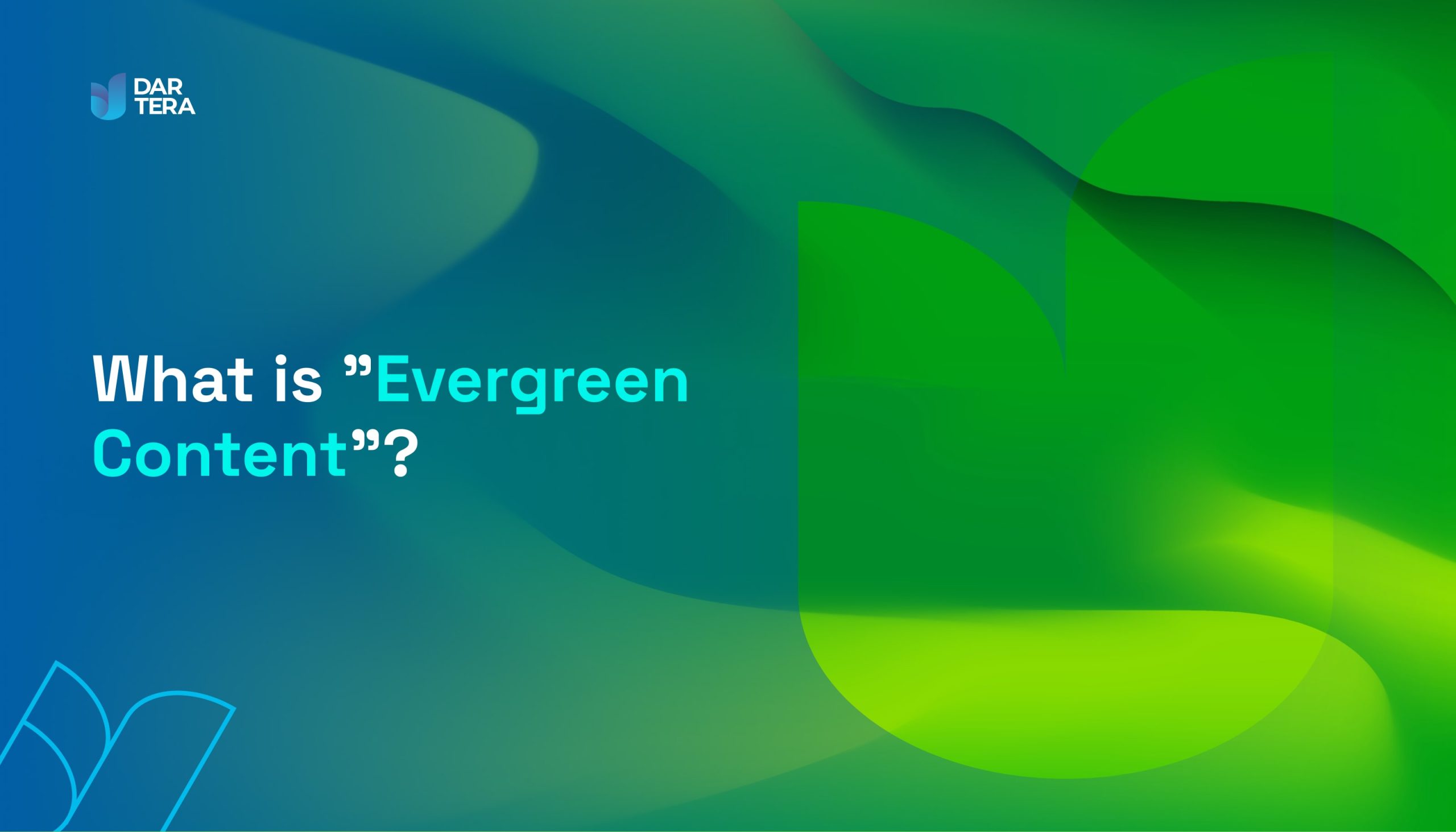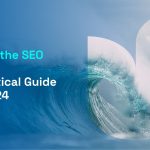What is “Evergreen Content”?

In the context of SEO, "evergreen" refers to an asset whose value does not decline quickly, or a strategy that is effective over an extended period of time, not just the short term.
In terms of online content, the term "evergreen" refers to content that is of lasting relevance or that retains its value and appeal over a long period of time. Something that is evergreen can be seen as the opposite of something that is truly new - evergreen content is not designed to go viral or trend on social media; evergreen content covers topics of enduring interest in a way that is as useful and accurate months and years later as the day it was published.
Once you show up in Google's SERP, that's no guarantee you'll stay there or ever show up again. If you get a lot of links with one asset, it doesn't prove that your website as a whole deserves to be considered a trusted authority. Search is constantly evolving, and an evergreen content strategy will help you stay relevant and rank well over time.

Features of Evergreen Content
There are several factors that can affect how long-lasting a piece of content is, and you can check them to determine if your content has a longer or shorter shelf life:
- Contemporary language: make sure that the language you use does not make the post outdated. For example, when referring to an event, don't use phrases like "last year" or even "recently." It is better to use specific dates and times that are still appropriate over time. Similarly, always writing in the past tense can extend the life of content, while writing more in the present tense or even the future tense, depending on the topic. Predictions and forecasts are only relevant until they are proven right or wrong, but the past is not quite as susceptible to change, even though attitudes and perspectives may change.
- Continuous or cyclical relevance:The topic of the content should be applicable and interesting to the target audience over a long period of time or should be expected to generate new interest on a regular basis. In the first case, an example of evergreen content would be an article describing how to knit. Although there are different variants of this hobby, the basic methods will not change. In the second case, an example of evergreen content would be how to prepare your home for the winter. Although it would not be relevant all the time, it would become relevant every year in late fall and early winter.
- Long-term optimization strategy: Content should use sustainable optimization strategies that are unlikely to change over time to be evergreen or to satisfy evergreen search queries. For example, although many specific ranking factors may change over time, it is unlikely that the primary goal of Google's algorithm will shift away from considering the needs and interests of readers. Therefore, writing content that is highly focused on user experience is a very sustainable optimization strategy. In addition, it makes sense to maintain optimization strategies in the short and medium term, as they serve to continuously increase traffic to the domain.

Examples of evergreen content
Some hypothetical examples of evergreen content include:
- How to write a resume;
- 10 Ways to Reduce Stress;
- What you need to know about learning disabilities;
- How does the stock market work?
- How to childproof your home;
- A Guide to Sustainable Energy;
- Why you should vote early.
While it is conceivable that some of these topics could lose relevance over time, this is unlikely in the foreseeable future, so they would still be considered evergreen.
What is the value of evergreen content?
Content is a valuable asset, and therefore it is important that it can retain its value for as long as possible. This is particularly important in the context of SEO, as the value of an SEO asset can increase over time. Authority signals for a domain can build over time, and internal links can exchange authority signals between sites. So if an asset that promotes authority loses its value, the authority of the rest of the site may suffer.
In contrast, trendy content can attract a lot of visitors quickly, but is often not sustainable. However, it is possible for content to cover something that is trending while remaining evergreen, and this is often ideal.
Should all content be evergreen?
Not necessarily. Depending on your niche and the needs of your audience, you may need to offer some pages that are more current or whose relevance has an expiration date. If a trend or news item is of particular importance to your brand, or you know it is important to your audience, you may be expected to comment or provide clarity. In such a scenario, it may make sense to choose a topic that is trending strongly, even if its value is short-lived.
For example, a clothing company looking to drive traffic to a seasonal collection may benefit from content about current news or events in popular culture if it is in some way relevant to the clothing line. But existing, recurring content on the site could also certainly increase the effectiveness of such short-term efforts.
The same clothing company might find that there is consistent search volume for queries like "[Name des Prominenten]," "[Name des Prominenten]," and other similar terms that vary with the times and trends. Although optimizing for a particular celebrity's style based on current search queries would likely prove to be a short-term strategy, optimizing for the intent behind the search queries (fashion for celebrities) could prove to be more permanent. Furthermore, the company may choose to publish content about fashion icons (Audrey Hepburn, Jackie O., etc.) that could help capture some of the intent behind these searches.
How to make content more evergreen
It is often quite possible to adapt existing content to make it more evergreen. In fact, it's a good idea to update your content regularly in general. The following steps should be followed when updating old content:
- Update data;
- Update outdated information;
- Update your links;
- If possible, avoid outdated optimization strategies and/or deliberately select topics that need to be updated at regular intervals (with a set schedule to maintain the integrity of the posts);
- Make sure the content reflects any changes in brand conventions that have occurred since publication;
- Take the opportunity to make further corrections.
In addition, some topics whose relevance is inherently time-limited need to be updated regularly to preserve their value. Some examples of such content would be articles about minimum wages, top ten box office hits, and information about elections.

What are evergreen links?
Content is not the only component of search engine optimization that can be optimized for long-term value. As another valuable component of an SEO campaign, marketers should ideally also use evergreen link building techniques. While many blackhat SEO strategies like PBN scan sometimes provide quick results, these results are usually not sustainable because they build low-quality links. These links often come from a limited number of disreputable websites that have little relevance to the content of the target domain. In addition, a sudden, steep increase in backlinks may seem suspicious to Google's algorithm if the site is unable to continue accumulating links, even at a modest pace, after a one-time massive influx.
Evergreen links features
To be evergreen, backlinks should have the following characteristics:
- They should come from reputable domains. It is important to note that this does not necessarily refer to Domain Authority (DA). This refers more to websites that are suspicious or of poor quality, such as websites that are very new, have little content, and/or contain an unusual amount of links to other websites.
- They should be relevant to the content of the target page or domain. Relevance is even more valuable than website authority. For example, if you are writing about alternative energy sources and can get a backlink from a small news website's article about increasing investment in wind turbines, that would be more valuable than a New York Times article about artificial intelligence.
- They should come from multiple sources.If a domain receives backlinks from multiple websites, this is stronger evidence of the domain's reputation as a valuable resource than if it only receives links from a handful of websites. Besides, backlinks from a limited number of websites can indicate the use of spammy, blackhat SEO tactics. Multiple backlinks from the same sources therefore have diminishing utility.
- They should be built up over time. Again, a sudden increase in backlinks does not indicate earned, organic link building. Nor is such steep growth sustainable. Your target domain will benefit much more from the gradual, consistent development of a strong backlink profile.








